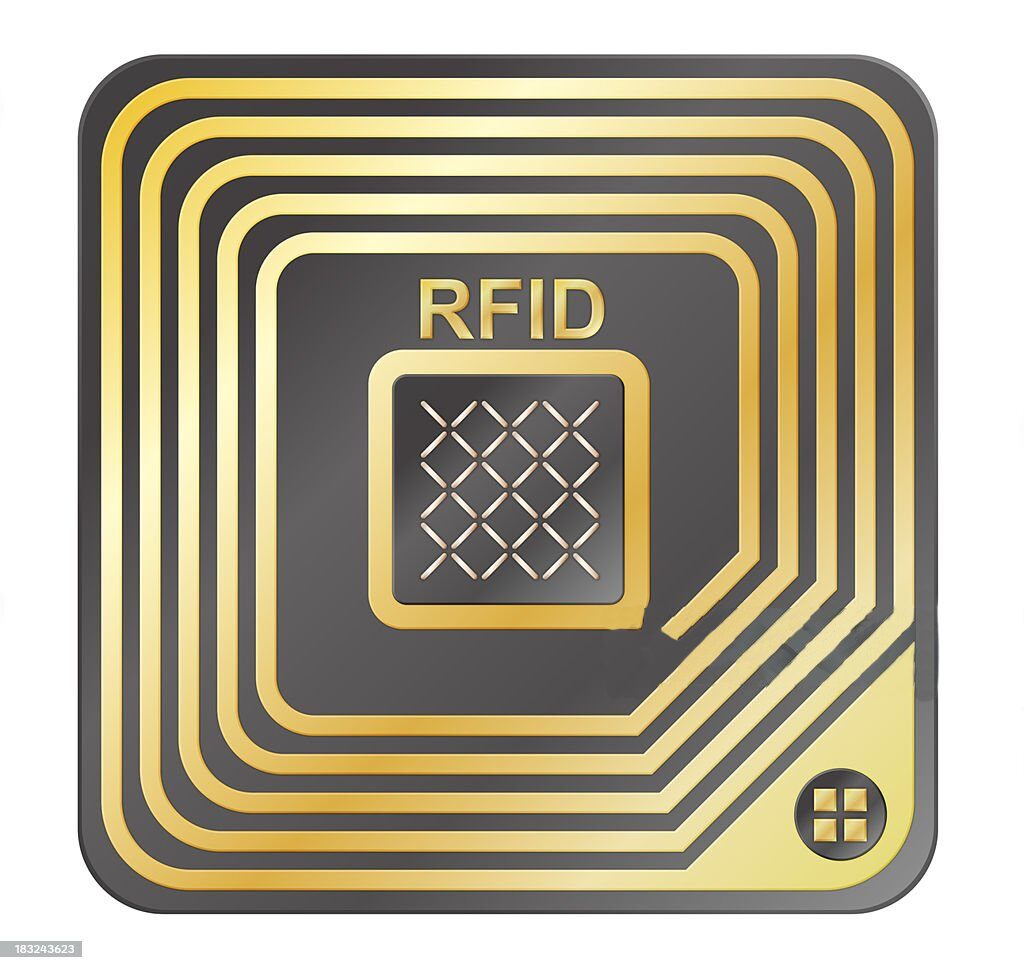The use of RFID tags mainly involves the following steps:
Tag design: Design the size, shape and packaging of the tag according to the application requirements. Tags usually consist of a chip and an antenna, and may include a plastic sheet on which important information can be printed.

Tag activation: When the electronic tag enters the working area of the reader, it is excited by the radio frequency signal emitted by the reader and enters the working state. The activation energy of the tag refers to the energy range required to activate the electronic tag chip circuit.
Data reading and writing: RFID tags can be read and written by the reader. The reading and writing speed is usually required to be in the millisecond level, which can achieve multi-target recognition and motion recognition.
Intégration du système: Connect the RFID system with the corresponding management information system to achieve accurate tracking and data management of items.
Application implementation: According to specific application scenarios, such as logistics management, product anti-counterfeiting, systèmes de contrôle d’accès, etc., RFID technology is implemented to improve efficiency and accuracy.
Tag classification: According to the operating frequency and whether there is a power supply, RFID tags can be divided into passive, actif, passive and active types. Choose the appropriate tag type according to the application requirements.
Antenna design: The antenna design of RFID tags is very important to ensure effective communication. The antenna needs to match the frequency of the reader and consider its performance in a specific application environment.
Sécurité: Use a dedicated chip and serial number to ensure the uniqueness and difficulty of the tag, thereby improving the security of the system.
Durabilité: RFID tags are durable and free of mechanical failures, adapté aux environnements difficiles, and have a long life.
Maintenance and monitoring: Regularly check the performance of the RFID system to ensure that the tags and readers are working properly, and adjust or update them as needed.
À travers ces étapes, RFID radio frequency electronic tags can be effectively integrated into various applications to improve the efficiency of data collection, traitement, et l’analyse.






